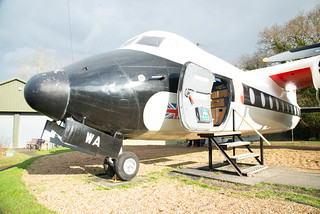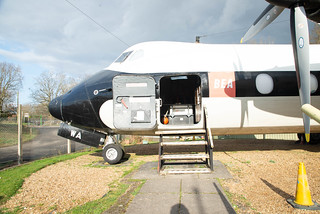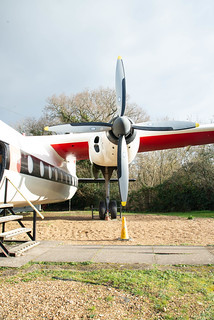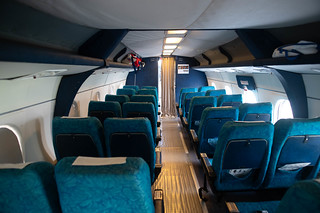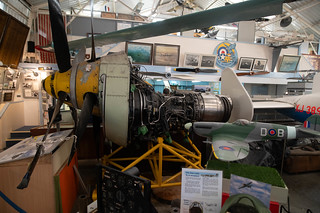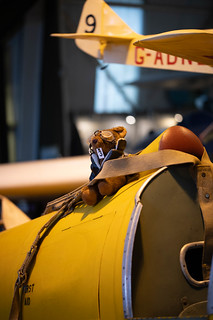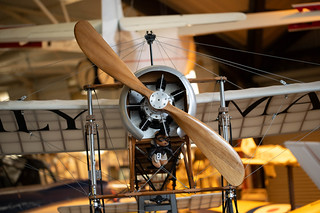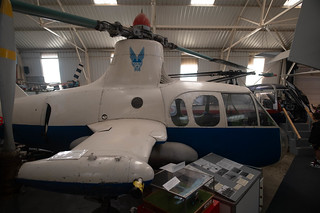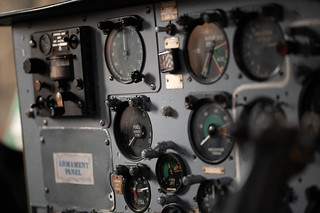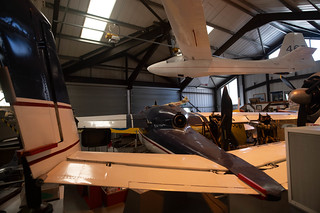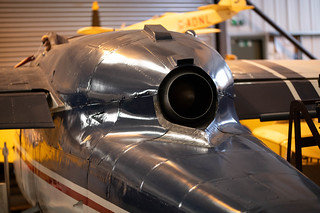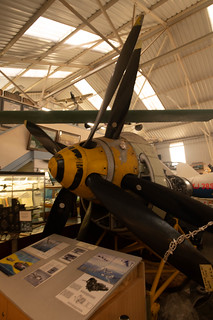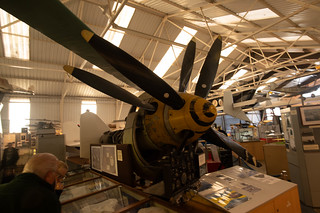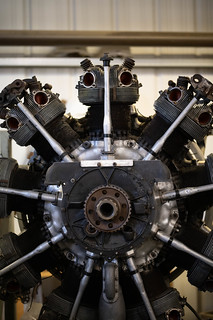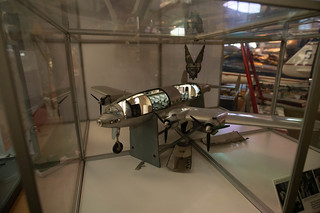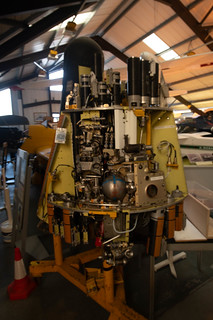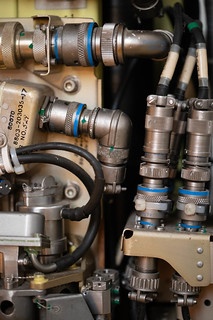Handley Page Dart Herald
In the mid-1950s Handley Page developed a new fast short-range regional airliner, intended to replace the older Douglas DC-3, particularly in third-world countries. The design, originally known as the HPR.3 Herald, emanated from the drawing office at Handley Page (Reading) Limited—the former Miles Aircraft factory site, which had developed an earlier airliner design, the Miles Marathon. The Herald was an extensive re-development of the original concept of the Marathon, notable for its high mounted wing. Handley Page Reading succeeded in producing a modern design with excellent flight and performance characteristics.
en.wikipedia.org
